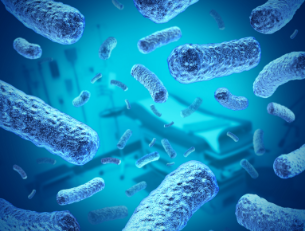99%
Of endoscopes in a 2019 study had reprocessing steps skipped or done incorrectly1
Of endoscopes in a 2019 study had reprocessing steps skipped or done incorrectly1
19 out of 20
Endoscopes in a 2016 study had multiple fluid droplets inside ports and channel2
Endoscopes in a 2016 study had multiple fluid droplets inside ports and channel2
S. maltophilia
An environmental bacterium was introduced to endoscopes via rinse water used in reprocessing in a 2016 study3
An environmental bacterium was introduced to endoscopes via rinse water used in reprocessing in a 2016 study3
To learn more about ASP’s two-pronged solution or to get a consultation from one of our sterilization experts, request a consultation today.
References
Ofstead CL., Hopkins KM., Buro BL., Eiland JE., Wetzler HP., Challenges in achieving effective high-level disinfection in endoscope reprocessing. Am J Infect Control 2019;000:1-7. Research funded by ASP.
Ofstead CL, Wetzler HP, Johnson EA, Heymann OL, Maust TJ, Shaw MJ. Simethicone residue remains inside gastrointestinal endoscopes despite reprocessing. Am J Infect Control 2016;44:1237-40.
Ofstead CL, Doyle EM, Eiland JE, Amelang MR, Wetzler HP, England DM, et al. Practical toolkit for monitoring endoscope reprocessing effectiveness: Identification of viable bacteria on gastroscopes, colonoscopes, and bronchoscopes. Am J Infect Control 2016;44:815-9.





